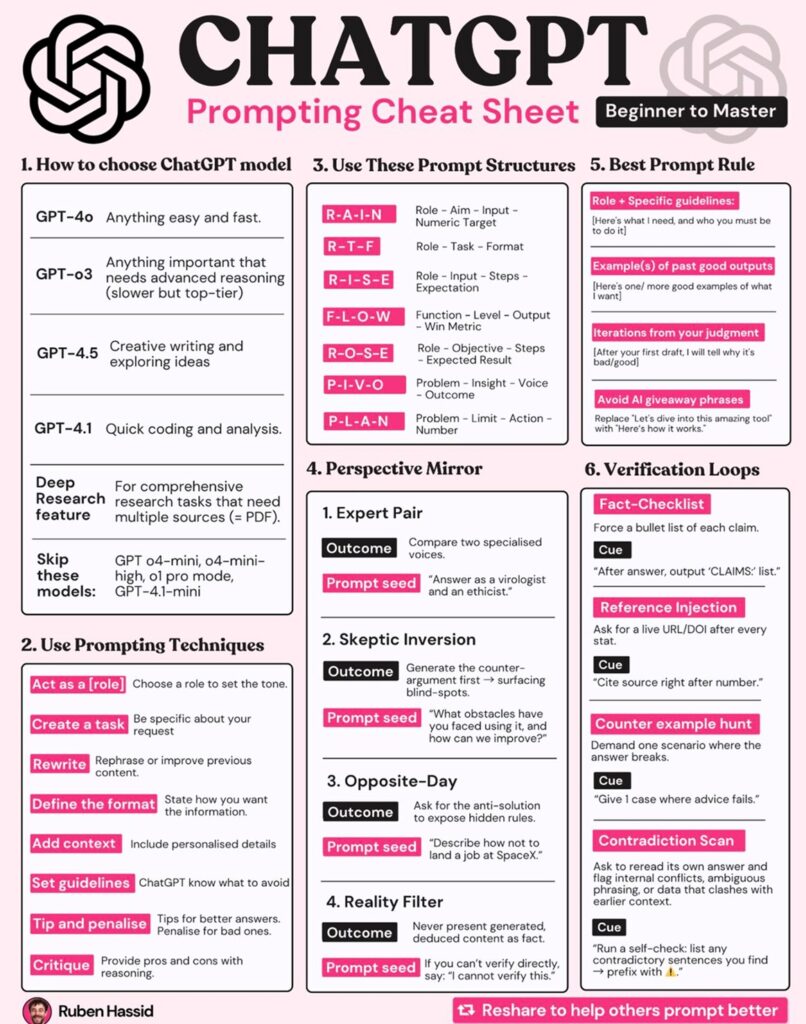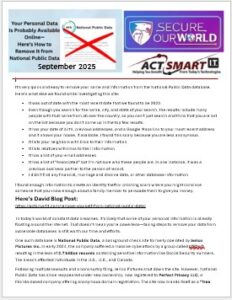How to remove your name and information from the National Public Data database
It’s very quick and easy to remove your name and information from the National Public Data database. Here’s what else we found while investigating this site:
- It was out of date with the most recent date that we found to be 2023
- Even though you search for the name, city, and state of your search, the results include many people with that name from all over the country, so you can’t just search and think that you are not on the list because you don’t come up in the top few results.
- It has your date of birth, previous addresses, and a Google Maps link to your most recent address and it shows your house, if available. I found this scary because you are less anonymous.
- It lists your neighbors with links to their information
- It lists relatives with links to their information
- It has a list of your email addresses
- It has a list of “Associated” but I’m not sure who these people are. In one instance, it was a previous business partner to the person of record.
- I didn’t find any financial, marriage and divorce data, or other database information
I found enough information to create an identity theft or phishing scam where you might convince someone that you know enough about a family member to persuade them to give you money.
Here’s David Blog Post:
https://actsmartit.com/remove-yourself-from-national-public-data/
In today’s world of constant data breaches, it’s likely that some of your personal information is already floating around the internet. That doesn’t mean you’re powerless—taking steps to remove your data from vulnerable databases is still worth our time and efforts.
One such database is National Public Data, a background check site formerly operated by Jerico Pictures Inc. In early 2024, the company suffered a massive cyberattack by a group called USDoD, resulting in the leak of 2.7 billion records containing sensitive information like Social Security numbers. The breach affected individuals in the U.S., U.K., and Canada.
Following multiple lawsuits and a bankruptcy filing, Jerico Pictures shut down the site. However, National Public Data has since reappeared under new ownership, now registered to Perfect Privacy LLC, a Florida-based company offering anonymous domain registration. The site now brands itself as a “free
people search engine”, claiming to use publicly available sources such as government records, social media, and property databases.
Despite these claims, it’s still important to remove your information from the site. Even if the data is technically public, opting out reduces the number of places where your personal details, like your address or phone number, can be easily accessed.
How to remove your records from National Public Data
Even if the information compiled by National Public Data is public somewhere, you should still opt out of having your records included in the site’s search. The rebooted site does allow you to remove your information through an opt-out form.
How to Remove Your Information
National Public Data offers an opt-out process:
- Search for your profile on the site’s homepage.
- Copy the URL of your profile.
- Paste the URL into the opt-out form.
- Click “Request Removal”, then provide your email address to confirm.
Here’s the link to the site and the opt-out form
https://nationalpublicdata.com/optout.html
Taking this step helps protect your privacy and limits exposure to future breaches.
A Few More Helpful Tips to Protect Your Privacy:
🔍 Hide your Facebook from Google: Stop search engines from linking to your profile when someone looks up your name. Go to Settings & Privacy > Settings > Audience and visibility > How people find and contact you. Then toggle off Do you want search engines outside of Facebook to link to your profile?
TransUnion hacked: We all have a record here, whether we want it or not. More than 4.4 million customers had their personal data swiped from the credit bureau. The company says “no credit info was accessed” but hasn’t shared what was stolen, who’s behind it or if demands were made. You have to know they took important details like your name, DOB, SSN and other goodies. So take this news as a need for you to change your TransUnion PIN and password. Never stops. https://techcrunch.com/2025/08/28/transunion-says-hackers-stole-4-4-million-customers-personal-information/
Don’t trust public Wi-Fi: Scammers can set up “evil twin” networks that look like your coffee shop’s or airport’s Wi-Fi. Once you connect, they can intercept everything you type, from social media logins to credit card info. Always ask staff for the exact network name, and use a VPN to encrypt your internet traffic.
*1. DO: Use AI to save time, not to avoid thinking.
AI’s great at drafting emails, summarizing reports, or organizing your to-do list. But it still needs your brain steering the ship.
2. DON’T: Feed it sensitive info without thinking twice.
Would you put that customer file or payroll doc on a billboard? If not, don’t drop it in a chat window. Treat AI like a smart intern—not a vault.
3. DO: Give clear, simple instructions.
The more specific you are, the better the results. Think: “Write a friendly follow-up email to a new customer who missed their onboarding call,” not “Make email.”
4. DON’T: Expect it to know your business like you do.
It doesn’t know Tom’s tone, your pricing model, or the story behind that messy client. You’ve still gotta lead the dance.
5. DO: Use it to brainstorm when you’re stuck.
AI can spark fresh ideas, draft outlines, or offer five ways to say something. Treat it like a whiteboard, not a final answer.
6. DON’T: Let it talk like a robot.
7. DO: Use it to create systems and templates.
From checklists to hiring scripts, AI can turn scattered thoughts into repeatable tools. Huge time-saver.
8. DON’T: Rely on it for legal, financial, or HR decisions.
It’ll give you ideas—but double-check every fact. You don’t want AI giving tax advice. Ever.
9. DO: Train your team how to use it smartly.
Don’t keep AI locked in your office. Show your staff how it can help with customer service, marketing, or admin work.
10. DON’T: Assume AI is “set and forget.”
It’s not magic. You’ve got to tweak, review, and guide it over time. Like any tool, it’s only as good as how you use it.

https://www.linkedin.com/posts/chatgpt-prompts-for-small-businesses_promptengineering-chatgptcheatsheet-structuredprompts-activity-7349871422673977344-s9sW/

Would you like a print copy of this infographic mailed to you?
Simply fill out the form below

